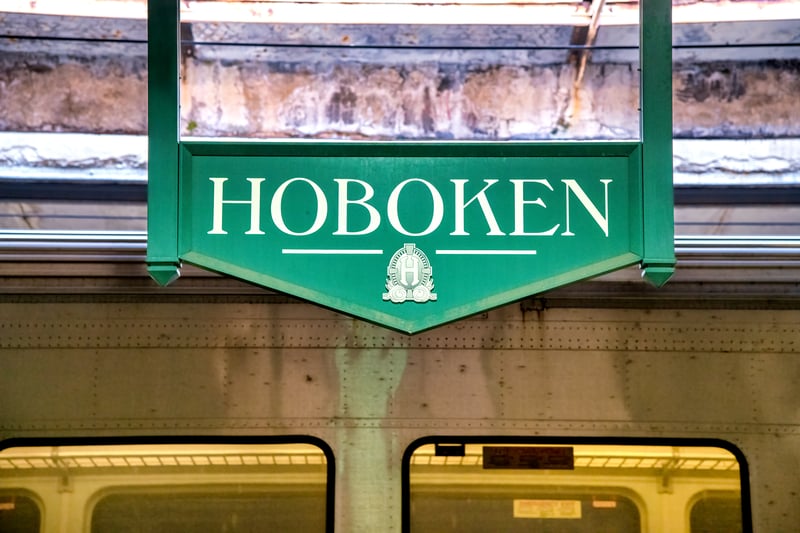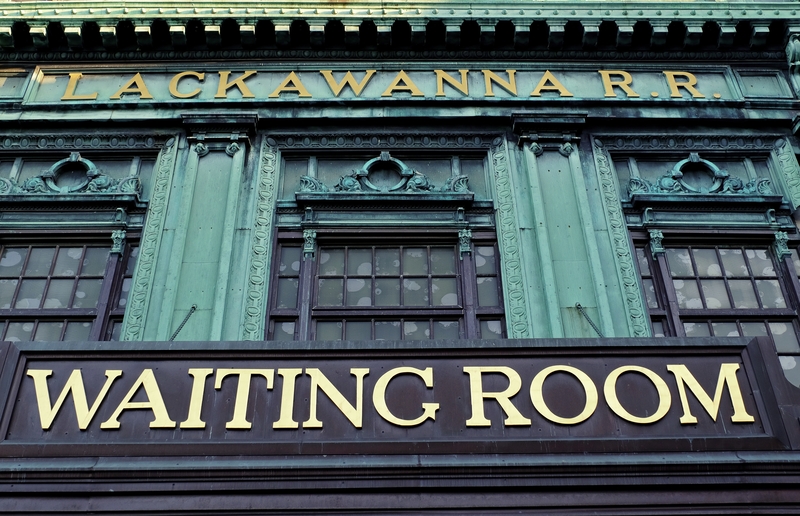The Influence of Native American Heritage on New Jersey Town Names
New Jersey’s landscape is rich with the echoes of its original inhabitants through the names of its towns and features. These names, originating from the languages of the Lenape people and other Native American groups, are a testament to the deep history and continuing influence of these cultures in the region.
The Lenape Legacy
The Lenape, also known as the Delaware Indians, were the predominant Native American group in New Jersey before European colonization. Their presence is imprinted on the map of New Jersey through place names such as Hackensack, Hoboken, and Weehawken. These names are derived from the Unami language, one of the three Lenape dialects, each carrying meanings that describe the physical characteristics or historical significance of a location. For example, “Hackensack” is believed to be derived from “Achinigeu-haki,” meaning “stony ground,” while “Hoboken” translates to “land of the tobacco pipe,” reflecting its historical importance as a gathering place.
Linguistic Roots and Meanings
The incorporation of Native American names into modern geography serves as a living record of the Lenape’s interaction with their environment. Names like “Passaic” and “Parsippany” reflect natural features and resources; Passaic means “valley” or “place where the valley begins,” and Parsippany translates to “the place where the river winds through the valley.” These names not only offer a glimpse into the geographical awareness of the Lenape but also highlight their deep connection to the land.
Cultural and Historical Significance
The use of Native American town names in New Jersey is more than a linguistic curiosity; it is a bridge to the past, offering insights into the cultural and social practices of the region’s indigenous peoples. Town names often encapsulate stories of survival, migration, and the everyday life of the Native American tribes. For instance, “Manalapan,” meaning “land of good bread,” underscores the area’s fertility and the agricultural practices of the Lenape, who cultivated maize as a staple crop.
The Impact of European Settlement

The arrival of European settlers in the 17th century marked the beginning of a dramatic shift for the Native American tribes of New Jersey. The Lenape and other groups faced displacement, disease, and conflict, which drastically reduced their population and disrupted their traditional way of life. Despite these challenges, the survival of their place names is a testament to their enduring presence and influence in the state.
Preservation and Education
Today, the legacy of New Jersey’s Native American history is not only preserved through place names but also through educational initiatives and cultural programs that aim to honor and revitalize indigenous traditions. Museums, historical societies, and tribal groups work together to educate the public about the rich heritage of the state’s original inhabitants. This educational effort helps to deepen the understanding of the significant role Native Americans have played in shaping New Jersey’s historical and cultural landscape.
Contemporary Native American Communities
The contemporary Native American communities in New Jersey continue to contribute to the state’s cultural mosaic. Tribes such as the Ramapough Lenape Nation and the Nanticoke Lenni-Lenape Tribal Nation are actively involved in cultural preservation and community advocacy, ensuring that their heritage is recognized and respected. These efforts are crucial in bringing about a greater awareness of the historical injustices faced by Native Americans and fostering a more inclusive understanding of New Jersey’s history.
The Native American names scattered across New Jersey’s map are not merely remnants of the past but vibrant markers of a profound legacy that continues to shape the state’s identity. They remind us of the rich tapestry of human history that predates European settlement and underscore the importance of preserving and respecting this heritage. As New Jersey moves forward, it carries with it the names and stories of its first peoples, echoing their deep connection to the land and their lasting impact on its history.

